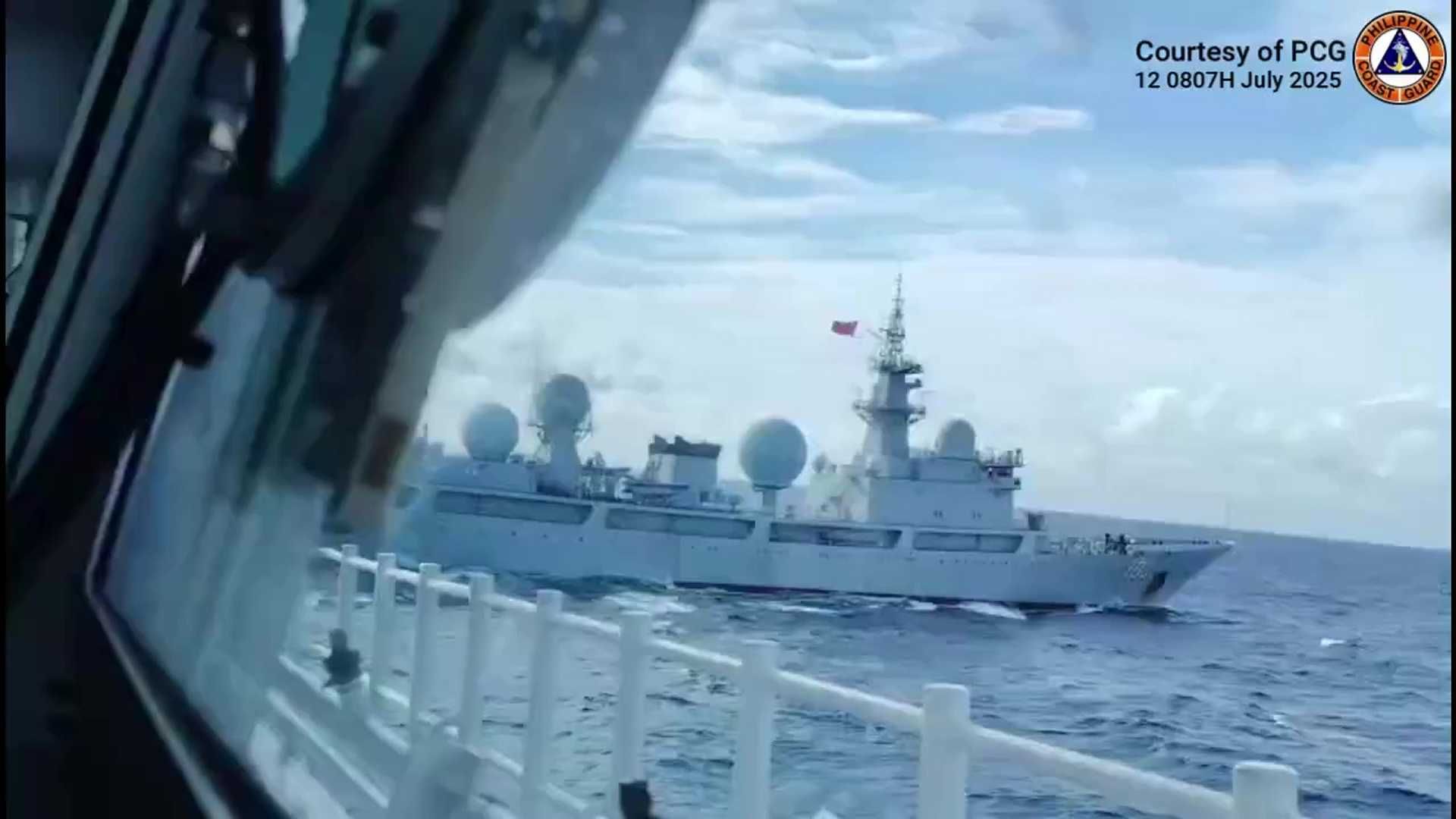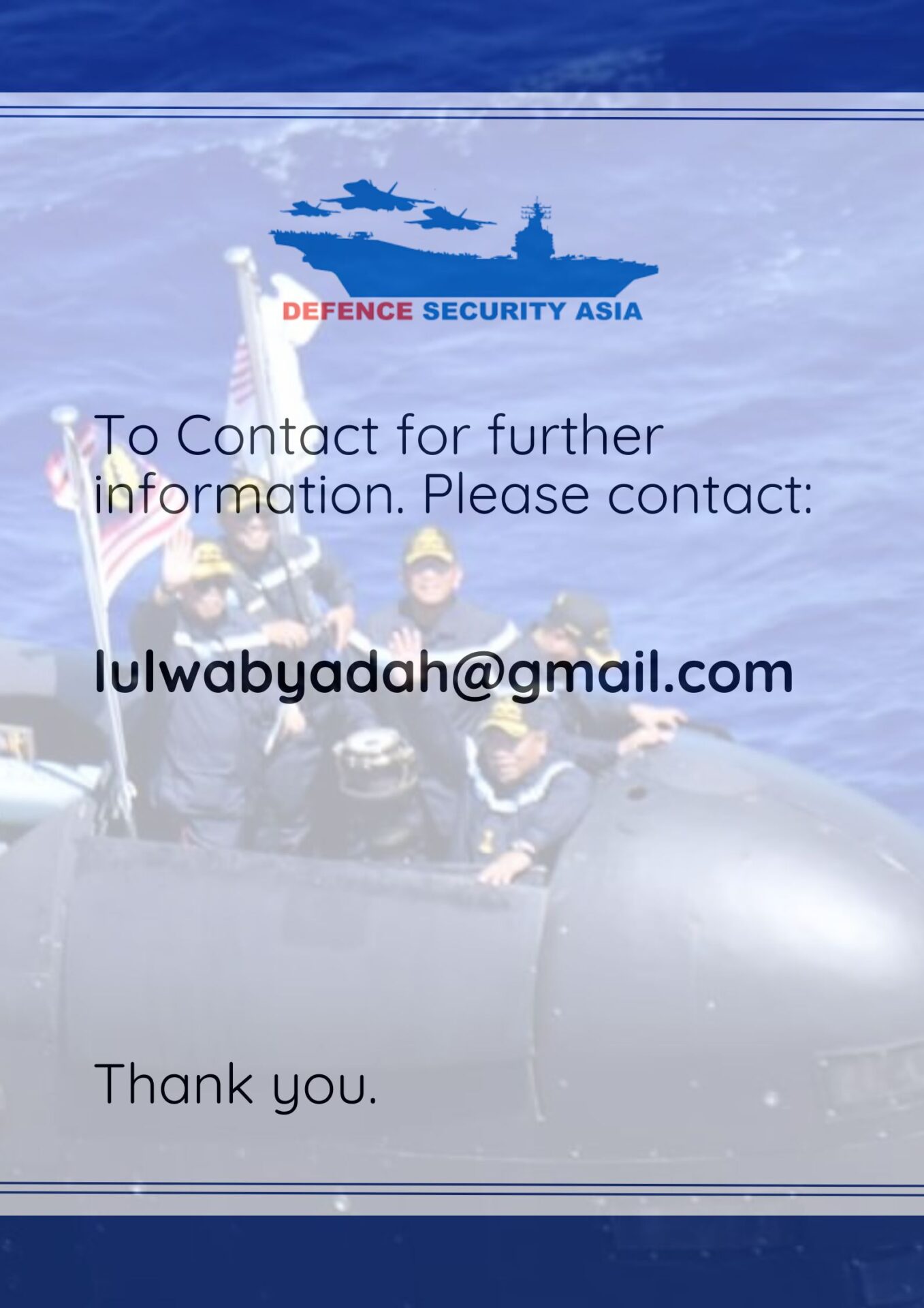US Air Force Deploys F-35A to Philippines for First Time to Counter Chinese Naval Threats
Landmark Cope Thunder 25-2 sees America’s fifth-generation fighters operating from Clark Air Base as Beijing’s warships shadow Philippine waters
In a decisive demonstration of its commitment to regional stability, the United States Air Force has deployed its state-of-the-art F-35A Lightning II stealth fighter jets to the Philippines for the first time, underscoring the deepening military alignment between Washington and Manila as tensions continue to escalate in the contested South China Sea.
The historic deployment, which began on July 7, 2025, saw multiple fifth-generation F-35As touch down at Clark Air Base in Pampanga as part of the latest iteration of Cope Thunder Philippines 25-2, a major bilateral air combat exercise that will run until July 18, 2025.
This unprecedented presence of F-35s on Philippine soil comes at a time when the People’s Liberation Army Navy (PLAN) and China Coast Guard vessels have intensified their incursions into the Philippine Exclusive Economic Zone (EEZ), testing Manila’s resolve and directly challenging the 2016 Hague ruling that invalidated Beijing’s expansive maritime claims.
More than 2,500 combined personnel, including roughly 225 crew from US Pacific Air Forces (PACAF) and over 2,300 Philippine Air Force (PAF) members, are taking part in the high-profile drills, which form part of the Department of the Air Force’s Pacific Department-Level Exercise (DLE) series.
The exercise integrates the operational blueprint of the 1951 Mutual Defense Treaty and the Enhanced Defense Cooperation Agreement (EDCA) — the latter expanded in 2023 to permit American forces rotational access to nine key Philippine military bases.
Senior US defence officials highlight that the deployment of the F-35A — a platform that costs around USD 78 million (RM365 million) per unit — delivers a potent deterrent message to Beijing and enhances the capacity for rapid air dominance missions across the Western Pacific.
For the duration of Cope Thunder, the stealth fighters will fly integrated sorties with PAF’s FA-50PH light fighters, the A-29 Super Tucano, and the AS-211, executing complex scenarios that include simulated air superiority, suppression of enemy air defences (SEAD), close air support, aerial refueling, and electronic warfare.

In parallel, US forces have deployed a composite air package including the versatile F-16 Fighting Falcon, the formidable F-22 Raptor, the A-10 Thunderbolt II, and vital support tankers and cargo aircraft operating out of Guam and Misawa Air Base in Japan.
According to official updates, the opening days of Cope Thunder saw these advanced assets conducting flights over Basa Air Base, the skies of Northern Luzon, and designated training corridors within the Philippine EEZ — territory that has become increasingly congested with PLAN vessels.
In a development that sharply underlines the geopolitical stakes, the Philippine Coast Guard (PCG) confirmed that it was monitoring the activities of three Chinese ships — the Type 815G reconnaissance ship Tianwangxing (AGI-853), the Type 052D guided missile destroyer Guilin (164), and China Coast Guard ship 4203 — loitering some 69.31 nautical miles west of Cabra Island.
“The presence of these foreign military assets within our Exclusive Economic Zone does not conform with international law, the 2016 Arbitral Tribunal ruling, or national maritime legislation,” the PCG stressed in an official statement.
Notably, the Tianwangxing — known for its surveillance operations near sensitive naval drills — was previously spotted shadowing multinational exercises such as Balikatan 2024 and Australia’s Talisman Sabre, further highlighting Beijing’s persistent maritime surveillance footprint from the Indian Ocean to the Western Pacific.
In recent years, the South China Sea has become a flashpoint for increasingly aggressive Chinese coercive tactics, ranging from dangerous water cannon attacks to high-powered lasers targeting Philippine Coast Guard ships, and deliberate ramming incidents around strategic features like Second Thomas Shoal and Scarborough Shoal.
US Indo-Pacific Command leaders have repeatedly emphasized that such intimidation campaigns have failed to force regional states to back down from defending their sovereign maritime claims.

Instead, China’s grey-zone tactics have driven deeper alignment among Washington’s regional allies and partners, boosting interoperability through exercises like Cope Thunder.
“Deploying the F-35A for the first time here is not just about air frames on the ground — it’s a demonstration of our ironclad commitment to a free and open Indo-Pacific,” a senior PACAF officer said.
“Cope Thunder pushes our combined capabilities to operate in highly contested environments — precisely the scenarios we must be ready for in the South China Sea.”
For the Philippine Air Force, the drills deliver vital exposure to the operational art of fighting alongside fifth-generation stealth aircraft, providing pilots and ground crews with real-world experience in tactics, maintenance, and command-and-control linkages that will be crucial in any high-intensity regional contingency.
Under the administration of President Ferdinand Marcos Jr., Manila has reiterated that all bilateral and multilateral training activities are defensive in nature, designed to build credible deterrence and protect Philippine sovereignty.
Philippine analysts also view this show of force as a potent counterweight to Chinese maritime expansionism and a reminder to regional states that the US remains willing to project advanced combat power when necessary.
The choice of Clark Air Base as the main hub for the F-35 deployment carries historical resonance.

Originally established as Fort Stotsenburg in the early 20th century and later renamed Clark Field, the base served as a linchpin of US air power projection during World War II and throughout the Cold War.
Following the devastating Mount Pinatubo eruption in 1991 and the subsequent non-renewal of the US base agreement, Clark was handed over to the Philippines and has since evolved into a dual-use facility hosting the PAF’s elite 710th Special Operations Wing, while continuing to support high-value exercises like Balikatan and now Cope Thunder.
This renewed strategic utility comes as the Indo-Pacific security landscape grows increasingly volatile.
Across the region, Washington’s network of alliances is being stress-tested by China’s rapid military expansion, from artificial island fortresses to anti-access/area-denial (A2/AD) capabilities that could constrain US reinforcements during a crisis.
Against this backdrop, the arrival of the stealthy F-35A in Philippine airspace represents more than just another exercise.
It is an unmistakable signal that the Mutual Defense Treaty remains alive, and that the skies over the West Philippine Sea will not be ceded without contest.
As Cope Thunder 25-2 unfolds, all eyes will remain on how Beijing responds to this bold demonstration of American resolve — and whether future iterations will see even more advanced US assets deployed across the archipelago to blunt Chinese coercion.


